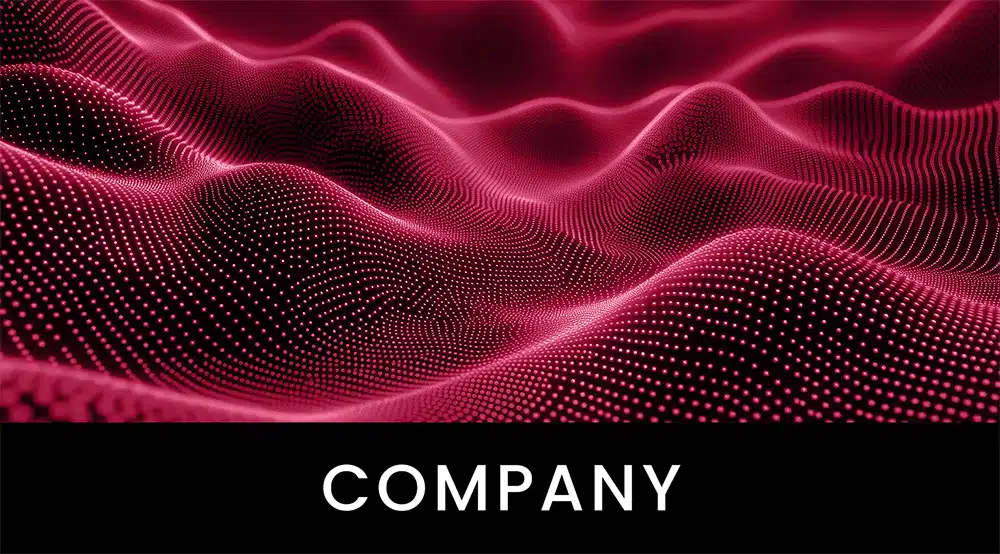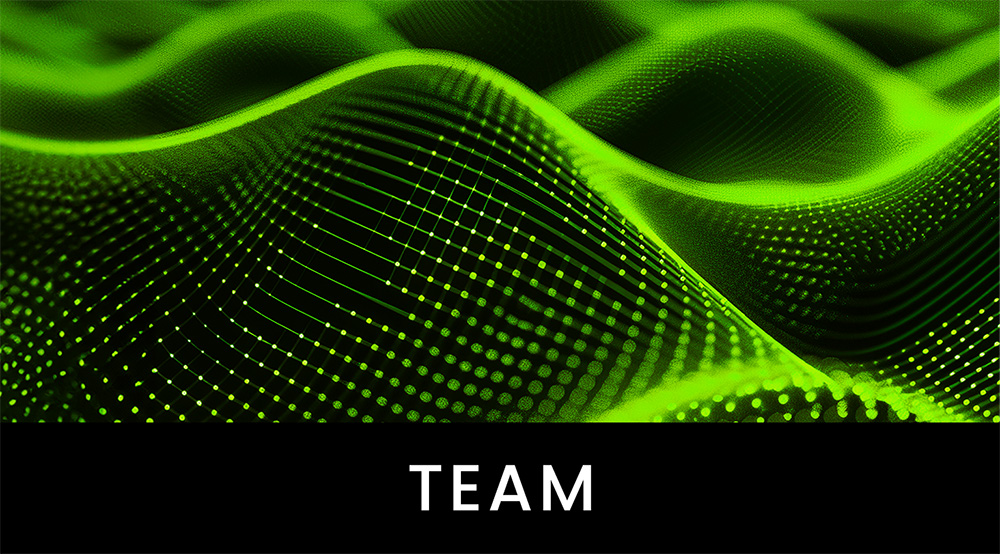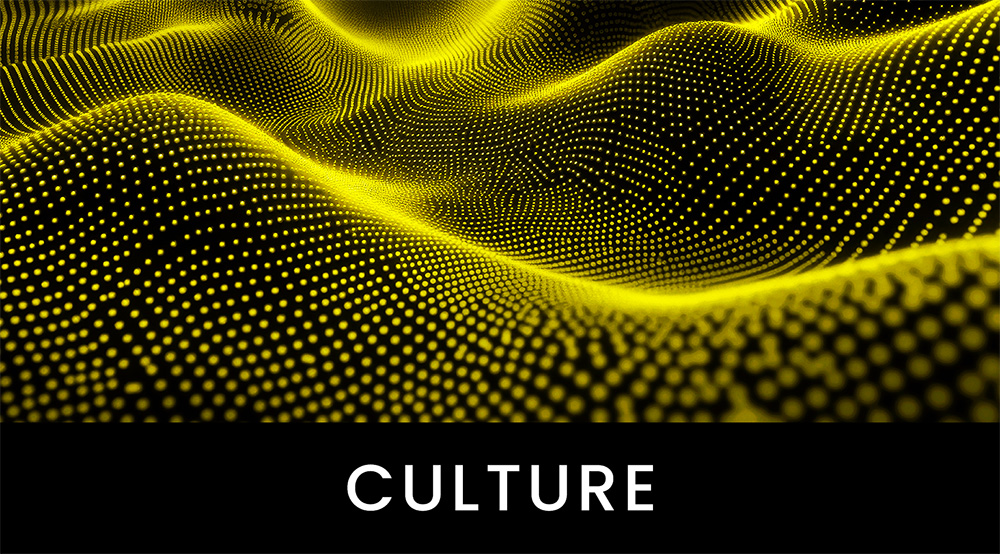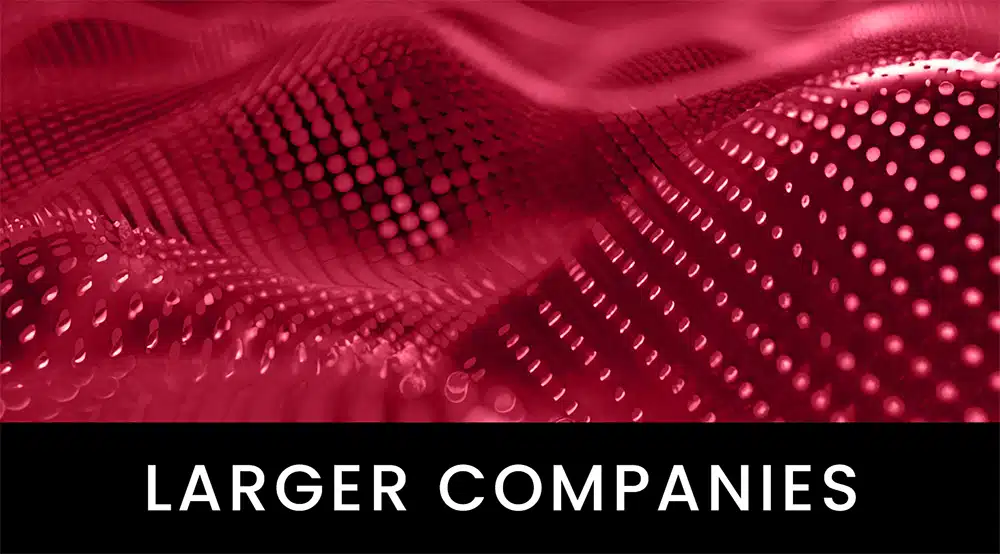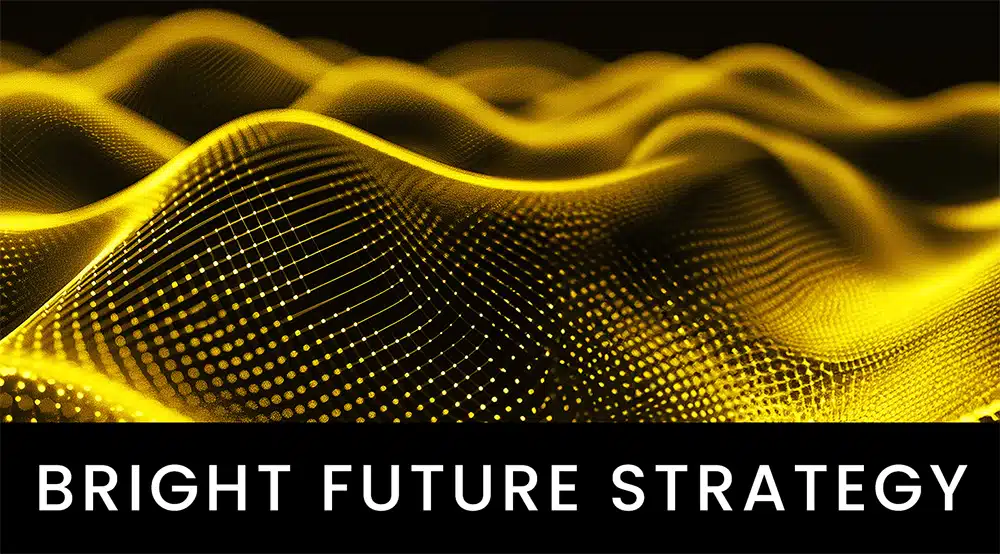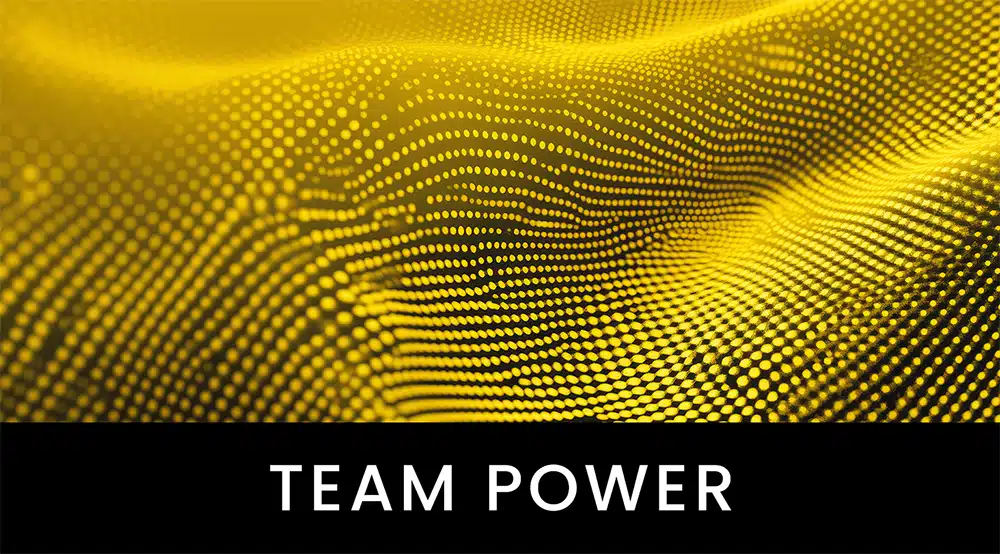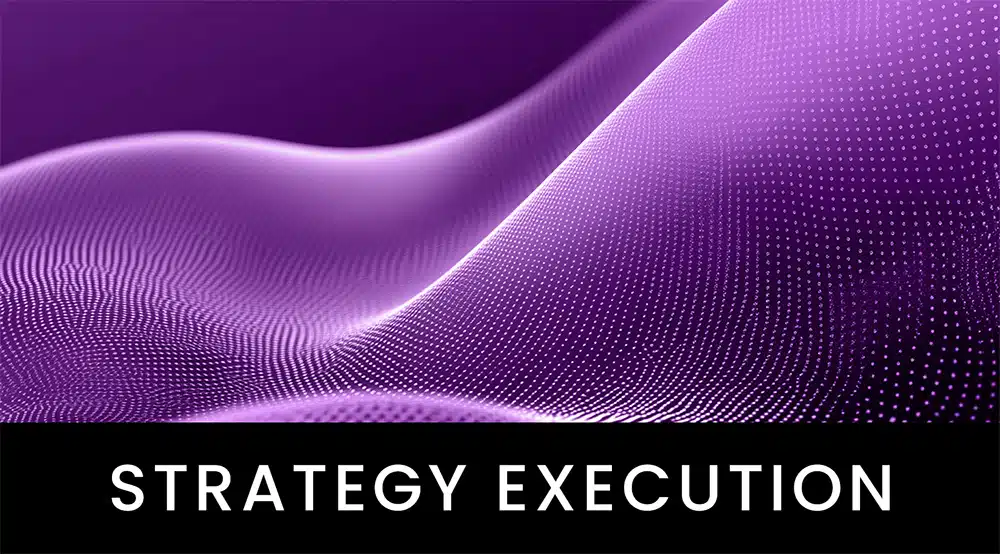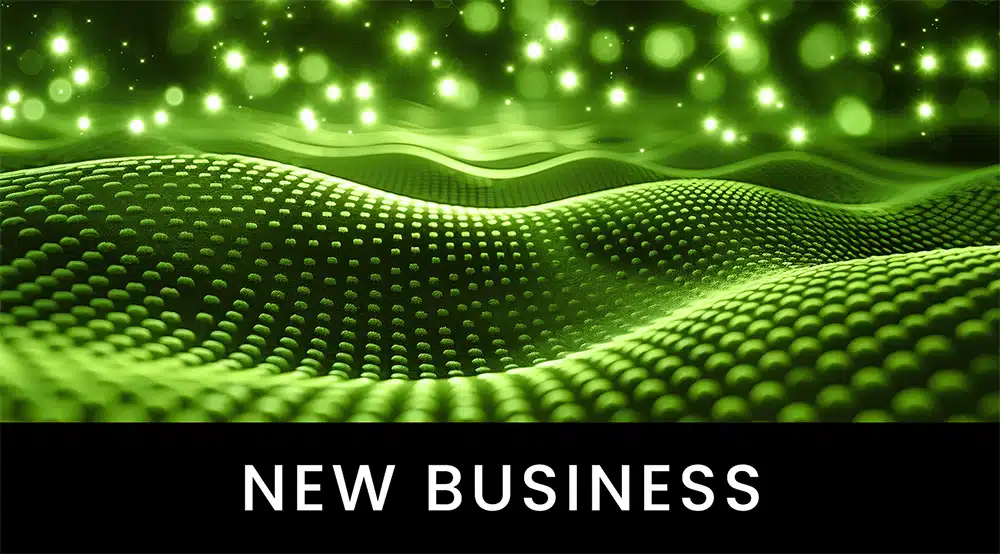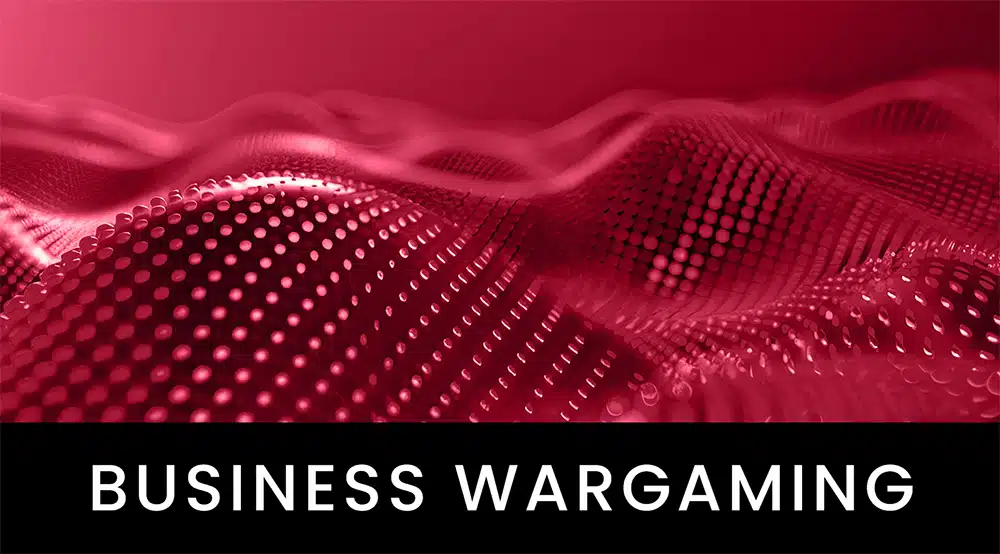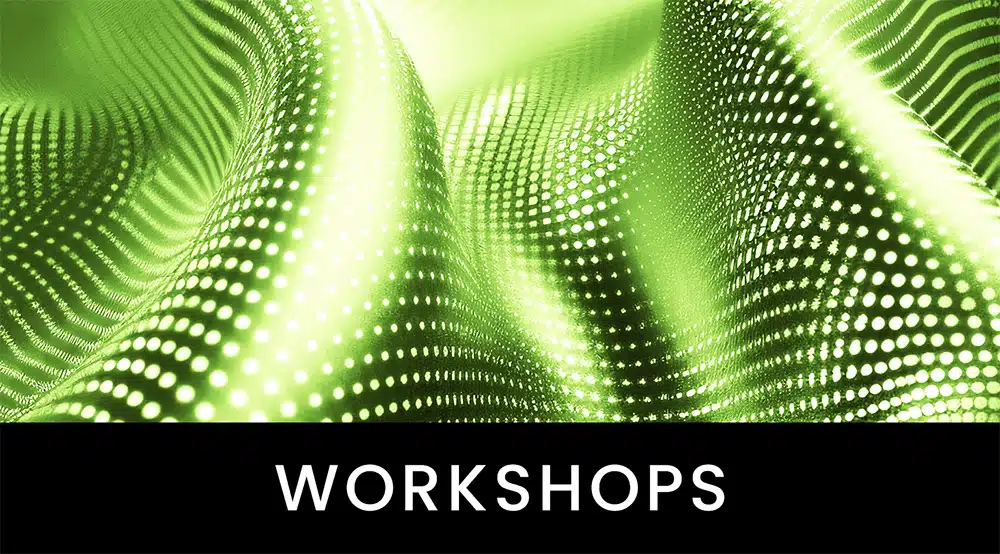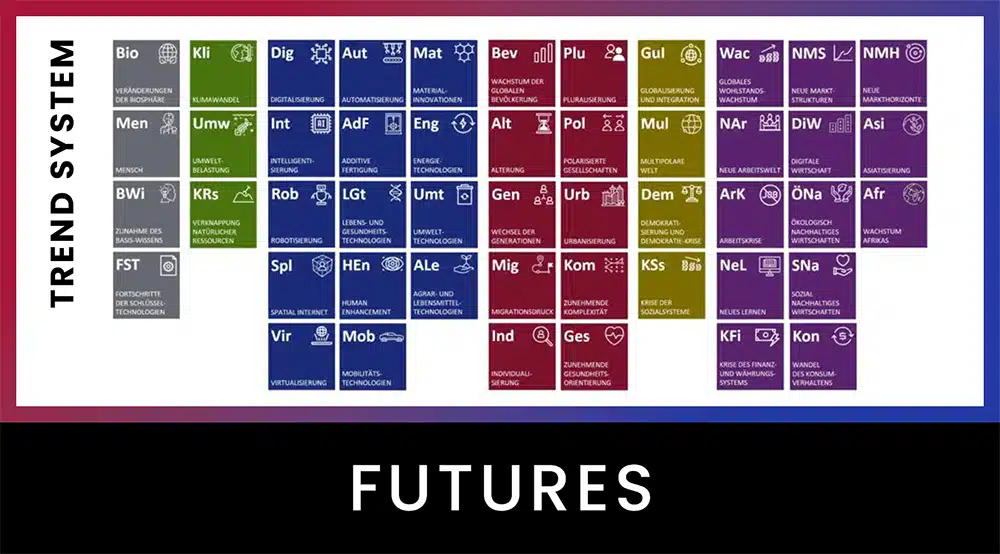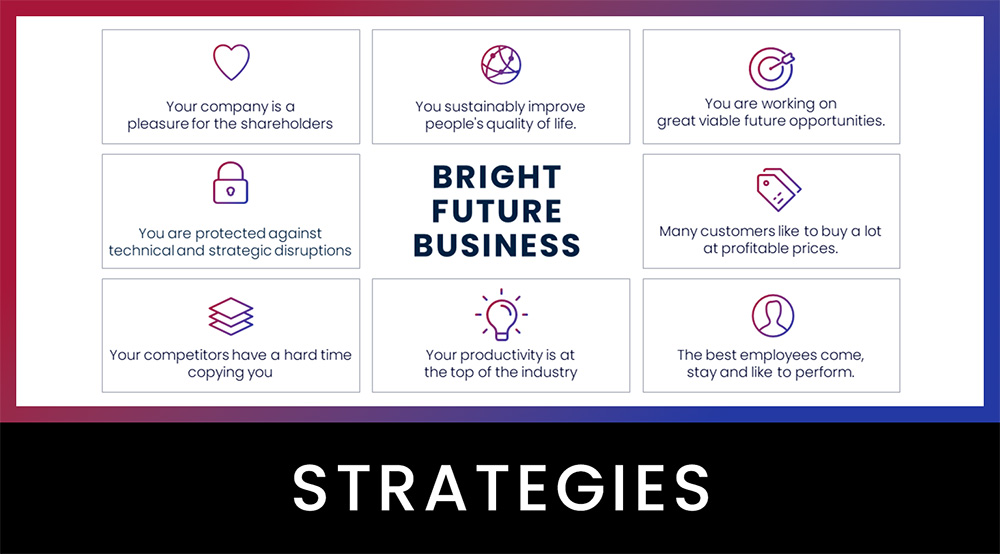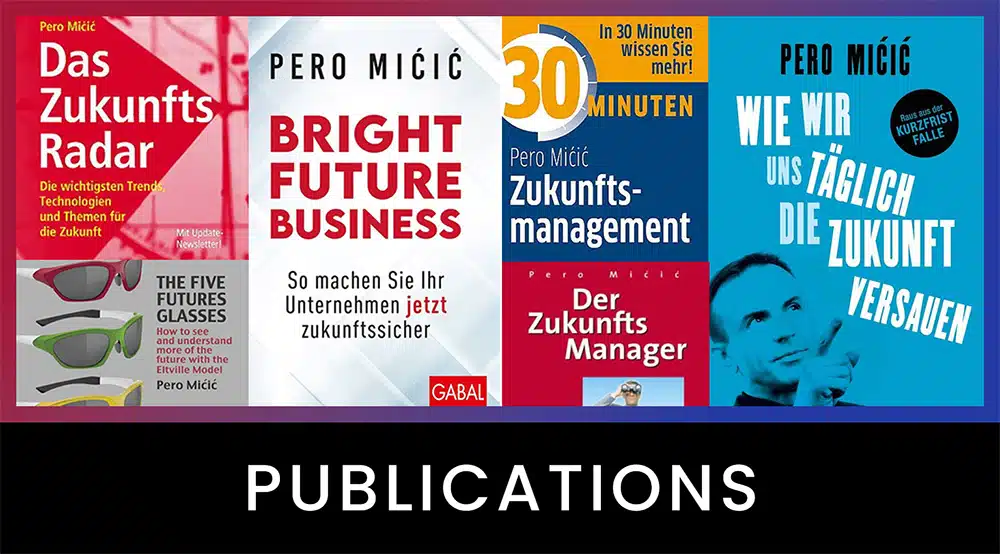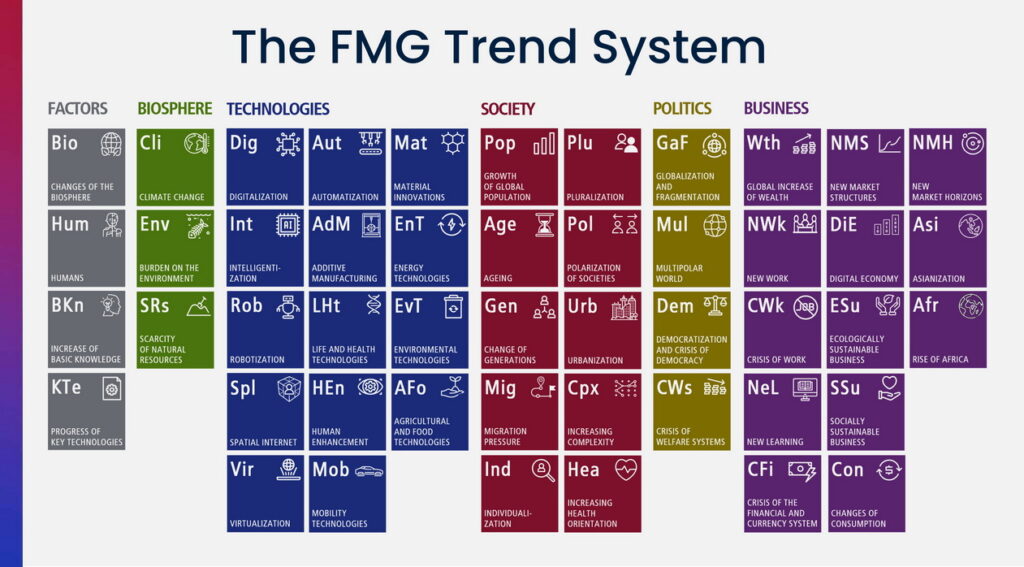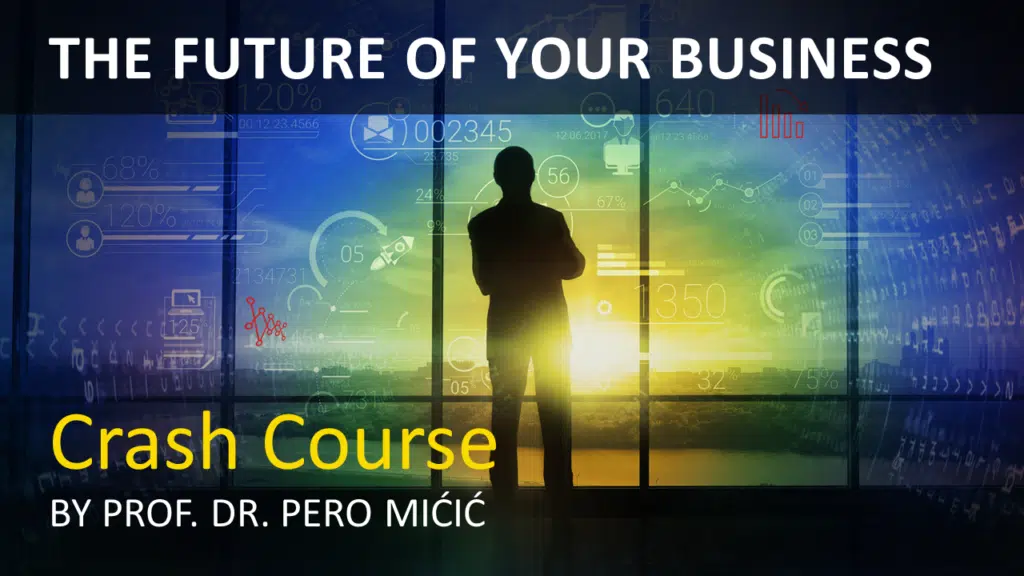The business model is the machine with which you practice your future orientation, specifically the mission, positioning and vision in your day-to-day business. In the description of the business model, you must not remain general. In the business model, you need to clarify all the necessary details of how your business works. In a way that someone new to your business can understand and apply. In the extreme, if you wanted, you could expand the description of your business model into a company manual with precise descriptions of all systems and processes. Alexander Osterwalder has pioneered the development of the Business Model Canvas.
THE OSTERWALDER BUSINESS MODEL CANVAS
How do you describe a business model?
The word canvas is derived from the Old French word Canevas (‘canvas’),the Latin word Cannapaceus (‘of hemp’) and the Greek word Cannabis. Canvas is synonymous with cloth or canvas. Osterwalder deliberately chose this association to write himself: “this tool resembles a painter’s canvas on which you can paint pictures of business models”. It is intended as a tool to describe a business model in a graphical way to promote understanding, analysis and creativity. Nine building blocks form the content basis. The Business Model Canvas template can be found in the graphic below.

Is the Business Model Canvas suitable for medium-sized businesses?
However, the Osterwalder Canvas is a bit too rough and not precise enough for use in medium-sized and mature companies. For example, the products and services and about a dozen other elements of a business model are missing. For adult companies, you need an extended model for business models. The central points of criticism are listed in detail below.
KEY PARTNERS

Key Partners is not a separate element, although it does not hurt. For each of the other elements, ask which partners you can work with to leverage their resources, channels, expertise and capabilities.
KEY ACTIVITIES

Key Activities represents the entire value chain. We believe that the value chain is more important than it appears here and should be considered in separate fields. For example, development and production must be separate elements.
KEY RESOURCES

Resources can consist of capital, things, know-how, people and more. If you look more closely here, you will see your strategy more clearly and recognize opportunities and threats better.
VALUE PROPOSITION

Value proposition includes both the promised effect and the solution (product, etc.). But it is precisely in the variation of this combination that great opportunities and great dangers often lie. The mental non-separation of effect and solution is a big and dangerous mistake of many companies. That’s why Osterwalder followed up with the Value Proposition Canvas, but this is a separate model. It is better to integrate everything in one model.
CUSTOMER RELATIONSSHIPS

Customer Relationships is intended to describe the nature of customer relationships, for example, whether personal or automated. This overlaps with part of the channels, the communication channels, see below. In addition, customer acquisition is also meant here, which we must also consider separately.
CHANNELS

Channels summarizes both the communication channels and the delivery channels (the distribution). We believe that these are very different elements of a business model, and it is therefore essential to consider them separately.
CUSTOMER SEGEMENTS

Customer Segments is not sufficient in multi-level systems with partners in processing, retail, sales, distribution, installation or service. These intermediate customers should be differentiated because they usually have very different problems and wishes and need different solutions. A separate model may be needed for each group. Or they are simply partners.
COST STRUCURE AND REVENUE STREAMS

More than the cost structure, the cost efficiency and flexibility is decisive. In addition, important business model elements such as scaling, pricing, and provisioning are missing entirely. Meta-factors such as positioning must also be included in a business model description.
CONCLUSION
For superficial design and discussion of simple business models, the Business Model Canvas is well usable. Osterwalder’s model is rarely sufficient for complex business models, especially of existing companies and not just start-ups. The main arguments summarized.
Strengths of the Business Model Canvas
- First widely used model for the description of business models
- Very simple and therefore easy to use
- Usable free of charge under the “Creative Commons” license
Weaknesses of the Business Model Canvas
- Some fields include very different elements of a business model
- Some essential elements of a business model are missing
- Rarely sufficient for larger companies and more complex business models
BUSINESS MODEL GENERATOR
The Business Model Generator is our extended model for business models with five core questions and 24 fields that we believe are needed for adult businesses. The five core questions form the starting point for the discussion and description of the business model. For each of the five core questions, there are then clearly defined elements to describe. These form the universal structure for your business model.
The five core questions of a business model are, based on the customers:
- Who do we provide value to?
- Ikea focuses on the people who are willing to trade your time for a savings in money. They are deliberately not aimed at those who want to trade their money for time savings.
- Dacia’s cars are aimed at people who are completely indifferent to prestige in cars. Again, there is a clear strategic choice of who you are there for and who you are not.
- What do we run our business for?
- SpaceX says, “We’re making humanity multiplanetary!”
- Hubspot says, “We want to make the world inbound!”. Hubspot is therefore against marketing that shouts and against hard-selling. They want to help us attract customers rather than bring them in.
- What do we offer to deliver the benefit?
- Tesla offers attractive electric cars, power storage and photovoltaic products for the promise of sustainable mobility and energy.
- Ikea offers furniture that is very cheap due to savings in logistics and production and assembly by the customers themselves.
- How do we generate and deliver value?
- Nike does not produce anything itself, but has it produced.
- Tesla builds 70% of its cars itself, unlike conventional manufacturers who only make about 20% of a car themselves and source the rest from suppliers.
- Morningstar, Tomatoes, completely dispenses with traditional managers and lets teams make agreements among themselves and organize themselves. Such an organizational principle is also part of the “how?” of a business.
- With what do we deliver the benefit?
- BMW, Daimler and Audi cooperate in the procurement of navigation maps. They bought a provider together.
- Tesla has long worked with Panasonic as the battery cell manufacturer.
- Google is financed primarily by advertising revenue.
Identifying future opportunities in the business model
In addition to describing your business model, the Business Model Generator offers another benefit: the structure is a checklist of the elements in your business model that you need to consider. This way you can make a complete future analysis of your business today. Either think passively: what trends affect the elements of your business model and how? Or actively thinking: How can you leverage trends and technologies to improve elements of your business model?
So when we talk about artificial intelligence, for example, the opportunity question is: In which elements of our business model can we use AI to our advantage? You could use artificial intelligence to better identify your best customers, solve their problems better and more efficiently, provide them with automated and free advice, develop more powerful solutions, make your organization more agile, organize procurement more rationally, and as a basis for all of this, attract an AI skills partner to work with.
Follow these links as well:
► The Future Strategy Program for SMEs
► Free video crash course THE FUTURE OF YOUR BUSINESS
► BUSINESS WARGAMING for robust business and future opportunities
► KEYNOTES by Pero Mićić for your employees and customers
Have a bright future!

